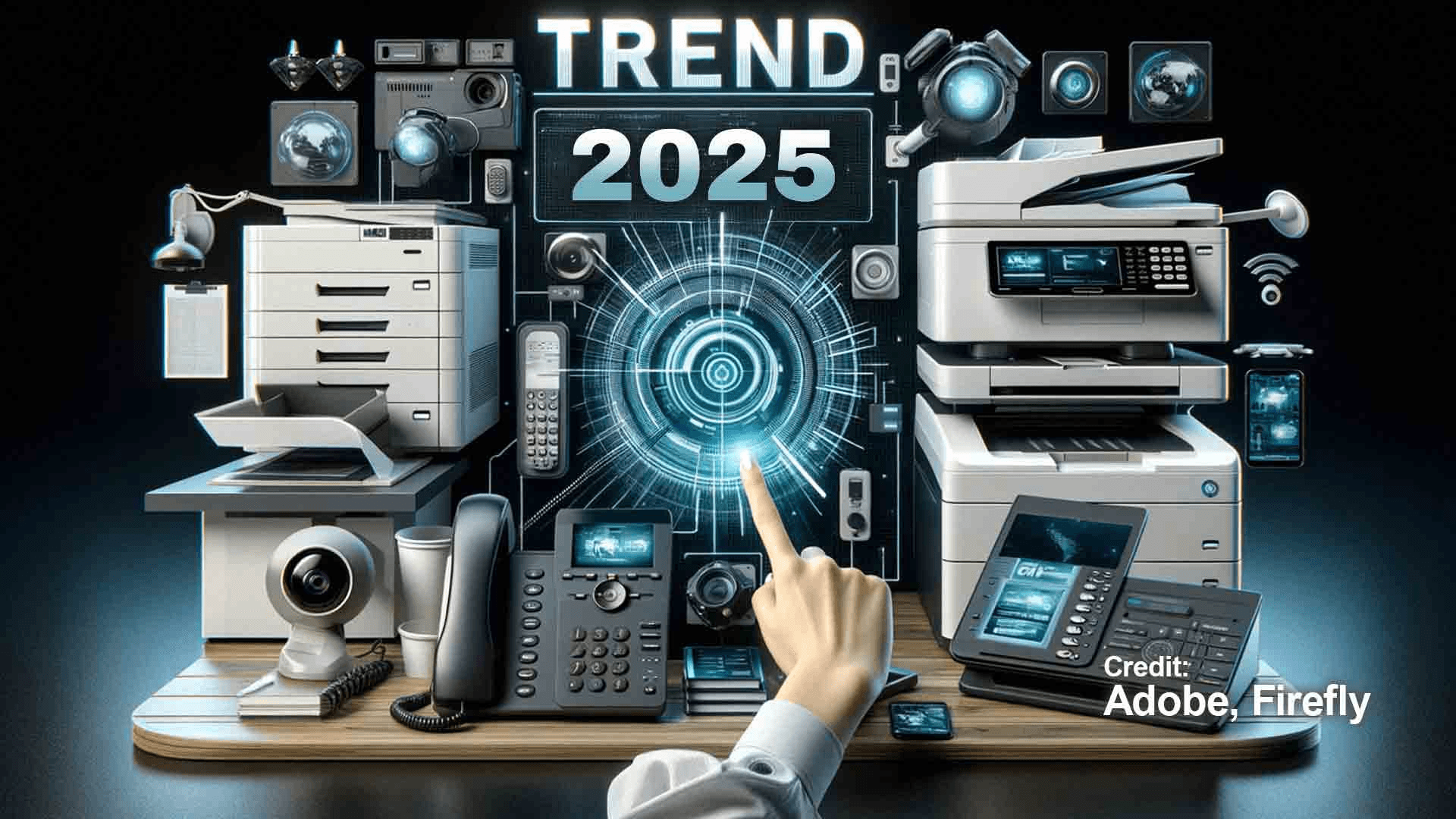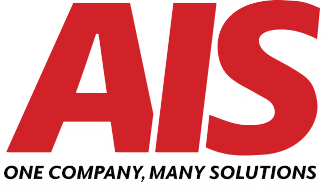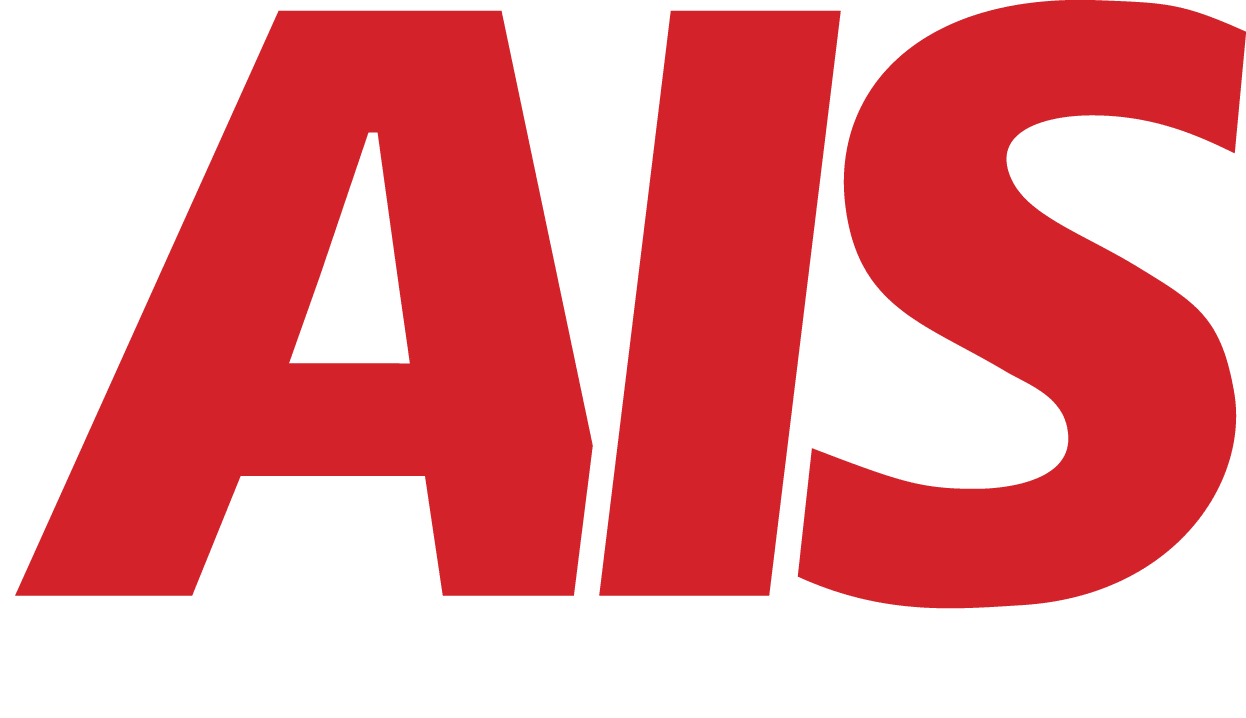Top Office Technology Trends for 2025
January 21st, 2025 | 6 min. read

Our modern workplace continually evolves and changes—sometimes quicker than we can keep up! Staying up-to-date on the latest office technology trends is crucial for businesses striving to enhance efficiency, collaboration, and overall productivity.
As we step into 2025, a wave of transformative technologies is poised to reshape how we work, presenting exciting opportunities and challenges. From artificial intelligence (AI) to advanced communication tools, this year's top office technology trends promise to revolutionize the workplace, creating a digital ecosystem that fosters innovation and agility.
Top Office Technology Trends for 2025: What To Keep Your Eye On
The rapid pace of technological advancement has always been a defining characteristic of the business world. In 2025, we find ourselves at a crossroads where cutting-edge innovations are not just tools but integral components shaping the future of office environments.
The convergence of AI, advanced communication tools, and sustainable technologies opens new vistas for businesses to streamline operations, empower their workforce, and respond dynamically to market demands.
As organizations grapple with the evolving dynamics of the workplace, understanding and adopting these trends become paramount.
In this comprehensive exploration of the top office technology trends for 2025, we'll delve into each trend's nuances, examining how they promise to influence day-to-day operations and the very fabric of organizational culture.
From fostering AI-driven insights to creating sustainable and eco-friendly workspaces, these trends underscore the imperative for businesses to adapt and thrive in a tech-driven world.
Artificial Intelligence (AI) Integration
Artificial Intelligence continues to be a driving force in transforming office technology. In 2025, we can expect even deeper integration of AI in various aspects of office operations.
AI-powered tools are becoming more sophisticated, assisting in data analysis, decision-making processes, and automating routine tasks. Machine learning algorithms are anticipated to optimize workflows, providing valuable insights that can enhance overall business strategies.
As we look ahead to 2025, AI is set to further revolutionize office environments, building upon the advancements of previous years. Here’s how AI is anticipated to influence office technology:
1. Emergence of AI Agents: AI agents are expected to evolve from basic chatbots to autonomous systems capable of managing complex tasks such as scheduling and software development. These agents will operate independently, handling multi-stage jobs and allowing employees to focus on strategic initiatives.
2. Enhanced AI-Generated Video Content: AI-generated video content is projected to become mainstream, with tools for video generation becoming more accessible and integrated into various tasks. This advancement will enable businesses to create engaging visual content efficiently, enhancing communication and marketing efforts.
3. AI-Driven Decision-Making: The collaboration between humans and AI will become integral to decision-making processes. Organizations will leverage data-driven insights provided by AI while relying on human expertise to guide ethical and strategic decisions, leading to more informed and balanced outcomes.
4. AI in Cybersecurity: Protective AI will advance significantly, analyzing patterns in data, network traffic, and user behavior to detect threats like phishing, malware, ransomware, and data breaches in real-time. This proactive approach will enhance organizational security measures, safeguarding sensitive information.
5. AI-Integrated Office Equipment: Office equipment, including copiers and printers, will increasingly incorporate AI capabilities to optimize performance. Features such as predictive maintenance, intelligent resource management, and enhanced security protocols will become standard, improving efficiency and reducing downtime.
Embracing these AI advancements will be crucial for businesses aiming to stay competitive and foster a culture of innovation and efficiency in 2025 and beyond.
Advanced Communication Tools
Effective communication is the backbone of any successful organization. In 2025, we anticipate a surge in adopting advanced communication tools that facilitate seamless collaboration among remote and in-house teams.
Video conferencing platforms, virtual meeting spaces, and real-time messaging apps are evolving to offer enhanced features, making communication more interactive, engaging, and efficient.
These advanced communication tools are not just about connecting people; they also integrate with project management systems, file-sharing platforms, and collaborative document editing tools.
This holistic approach to communication fosters a more integrated and productive work environment. Enhanced security features, such as end-to-end encryption and multi-factor authentication, will also be critical in ensuring the confidentiality and integrity of sensitive business communications.
Augmented Reality (AR) in the Workplace
As we progress further into the digital age, Augmented Reality (AR) is emerging as a game-changer in the workplace. AR applications are expected to redefine training programs, offering immersive and interactive experiences.
From onboarding processes to complex training simulations, AR can revolutionize employee education, providing a hands-on approach to learning that was previously unimaginable.
In addition to training, AR is set to enhance real-time collaboration by allowing employees to share their physical workspace virtually. This bridges the gap between remote and in-house teams and fosters a sense of presence and connection.
As AR devices become more accessible, businesses are poised to leverage this technology for various applications, from virtual product demonstrations to remote technical support.
Internet of Things (IoT) Integration
The Internet of Things (IoT) is expanding its footprint in the corporate world, connecting devices and creating a network of smart, interconnected systems. In 2025, the integration of IoT in office spaces is set to streamline operations further.
IoT will create a more efficient and environmentally sustainable workplace, from smart lighting and climate control to intelligent security systems.
IoT devices will gather data and communicate with each other to optimize energy consumption, automate routine tasks, and enhance overall workplace safety.
Innovative office solutions (enabled by IoT) will become more commonplace, offering employees personalized experiences based on their preferences. The data generated by IoT devices will be harnessed to make data-driven decisions, leading to more efficient resource utilization and improved workplace productivity.
Cybersecurity Advancements
With the increasing reliance on digital technologies, cybersecurity remains a top priority for businesses. In 2025, we can anticipate significant advancements in cybersecurity measures to combat evolving threats.
From AI-driven threat detection to robust encryption protocols, organizations are expected to invest heavily in securing their digital assets and sensitive information.
AI will play a crucial role in identifying and mitigating cyber threats in real time. Advanced authentication methods, such as biometrics and behavioral analytics, will enhance access control and reduce the risk of unauthorized access.
Moreover, businesses will prioritize cybersecurity training for employees to create a culture of awareness and vigilance against cyber threats.
Cloud Computing Evolution
Cloud computing has been a cornerstone of digital transformation, enabling businesses to scale, collaborate, and access data from anywhere.
In 2025, we can expect the continued evolution of cloud computing, focusing on enhanced security, improved integration capabilities, and the development of specialized cloud solutions tailored for specific industries.
The evolution of cloud computing includes the rise of edge computing, bringing processing power closer to the data source for faster and more efficient operations. Multi-cloud strategies will become more prevalent, allowing organizations to leverage different cloud providers for specific needs.
Additionally, serverless computing will gain popularity, enabling businesses to run applications without the need to manage the underlying infrastructure, thereby reducing costs and increasing agility.
Sustainable and Eco-Friendly Technologies
As corporate responsibility takes center stage, integrating sustainable and eco-friendly technologies in office spaces is gaining momentum. Businesses increasingly adopt green practices, from energy-efficient devices to eco-conscious building designs.
In 2025, we can expect an uptick in using renewable energy sources, smart waste management systems, and sustainable office technologies that reduce the environmental footprint.
Sustainable office technologies will contribute to a greener planet and appeal to environmentally conscious consumers and employees. Implementing green practices, such as energy-efficient lighting and smart HVAC systems, not only reduces the carbon footprint but also translates into cost savings for businesses in the long run.
Sustainability will become a key differentiator for organizations attracting top talent and showcasing their commitment to environmental stewardship.
Continued Remote Work Infrastructure
The shift towards remote work has become a permanent aspect of the modern workplace. In 2025, businesses will likely invest in an even more robust remote work infrastructure, ensuring employees can work efficiently from anywhere.
This includes the implementation of secure VPNs, cloud-based collaboration tools, and technologies that support a seamless blend of in-person and virtual work environments.
The focus on remote work infrastructure extends beyond the technology itself to include employee well-being and mental health.
Businesses will implement strategies to combat remote work burnout, foster a sense of belonging among virtual teams, and ensure that employees have the necessary tools and resources for a productive remote work experience.
As the boundaries between physical and virtual workspaces blur, the emphasis on creating a supportive and flexible work environment will be paramount.
The Final Say: Embracing the Future of Work Through Office Technology
As we navigate through 2025, the top office technology trends promise to redefine how we work, collaborate, and innovate. Businesses that embrace these advancements will likely find themselves at the forefront of the evolving corporate landscape, gaining a competitive edge and fostering a workplace culture that thrives on innovation and efficiency.
By staying informed and integrating these cutting-edge technologies, organizations can position themselves for success in the dynamic and tech-driven future of work. To learn more about office technology solutions and products, reach out to us. We’re here to give you peace of mind to help you win more business.
A true southerner from Atlanta, Georgia, Marissa has always had a strong passion for writing and storytelling. She moved out west in 2018 where she became an expert on all things business technology-related as the Content Producer at AIS. Coupled with her knowledge of SEO best practices, she's been integral in catapulting AIS to the digital forefront of the industry. In her free time, she enjoys sipping wine and hanging out with her rescue-dog, WIllow. Basically, she loves wine and dogs, but not whiny dogs.

